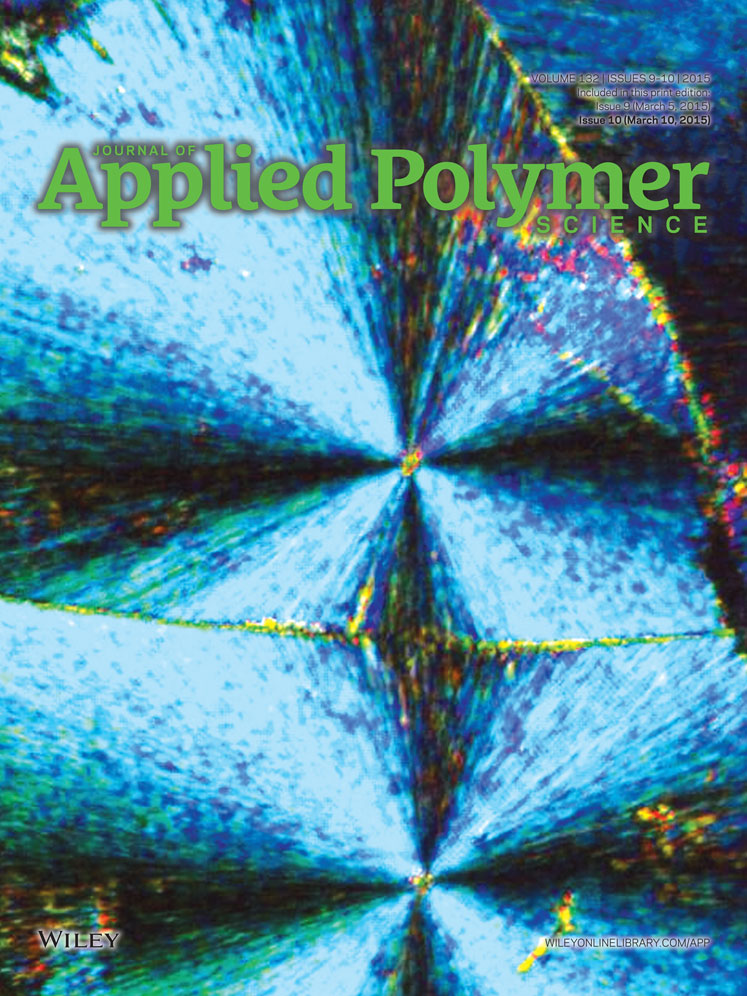Degradation kinetics of PVC plasticized with different plasticizers under isothermal conditions
ABSTRACT
The aim of the present work is to elucidate the degradation kinetics of polyvinyl chloride (PVC) plasticized with some phthalate and nonphthalate plasticizers. A PVC thermomat instrument was utilized to maintain the isothermal degradation conditions at 140 and 160°C, and to suppress the oxidative degradation by means of nitrogen flow. The conductivity measurements were performed to follow hydrogen chloride (HCl) gas which is released upon PVC degradation and trapped in water. Dehydrochlorination of plasticized PVC films occurred with activation energies of about 23–160 and 26–117 kJ mol−1 and the isokinetic temperatures, at which the dehydrochlorination rate constants of all p-PVC films would have the same value, were found to be 171 and 128°C for initial and linear regions of dehydrochlorination curve, respectively. Plasticizer incorporation contributes to the stability of the films particularly after the consumption of stabilizer due to the dehydrochlorination. Influence of temperature rise by 20°C on the degradation rate constant is the lowest for DINCH having p-PVC films as 0.36 and 0.42% increment at the initial region and linear region, respectively. On the other hand, DOTP reveals greater stability than the others do since the compensation ratio of the PVC film having DOTP is greater than the other films. © 2014 Wiley Periodicals, Inc. J. Appl. Polym. Sci. 2015, 132, 41579.




